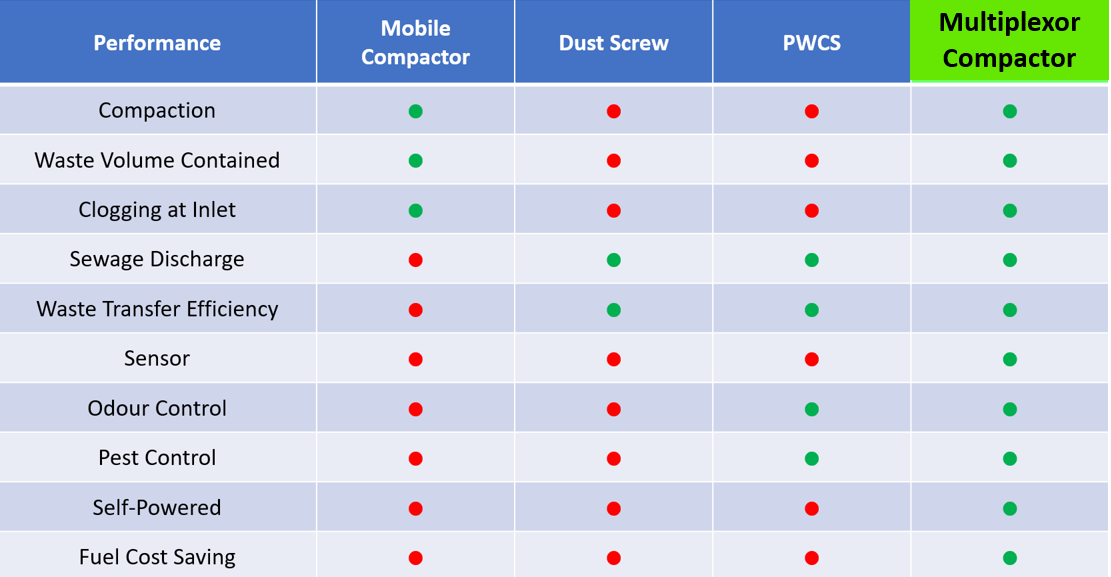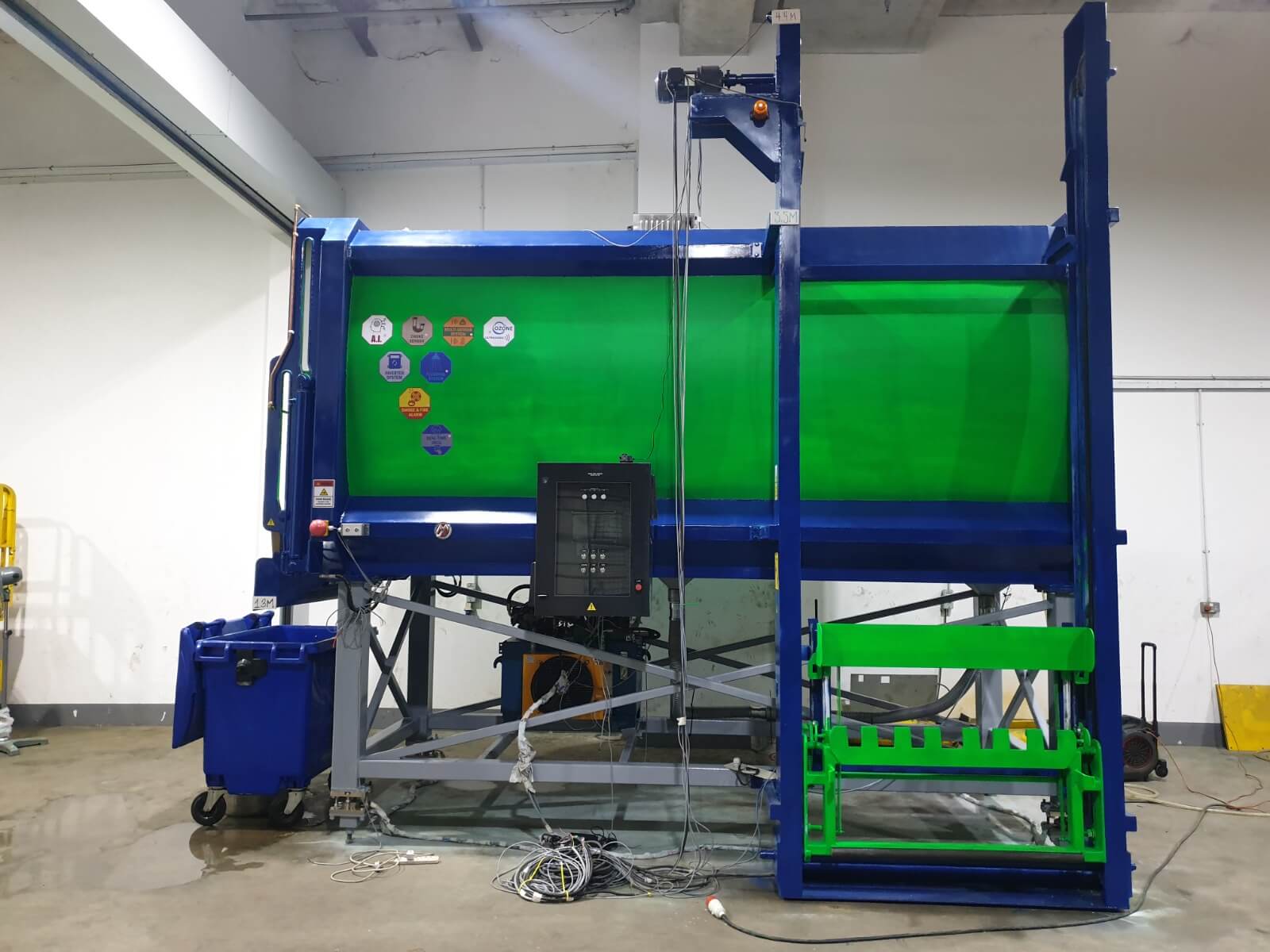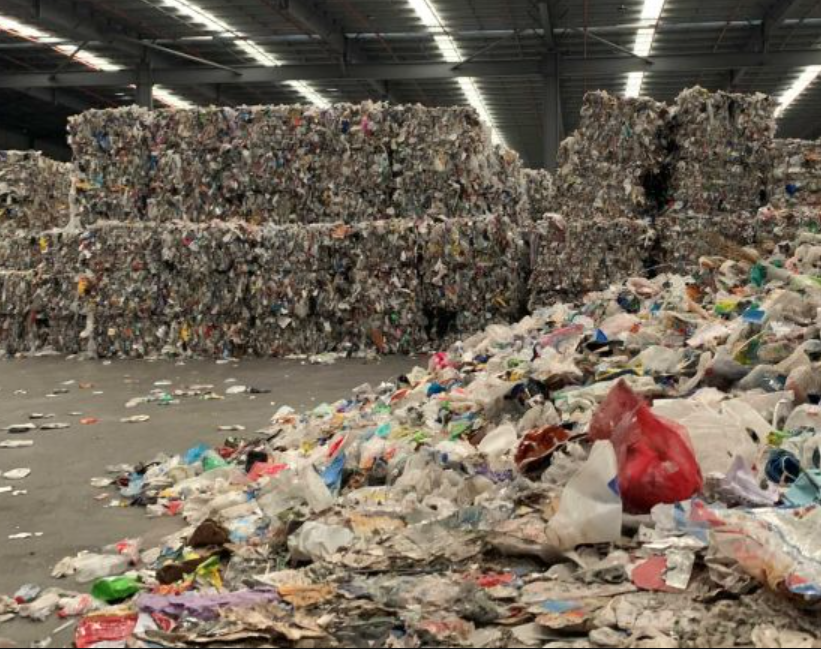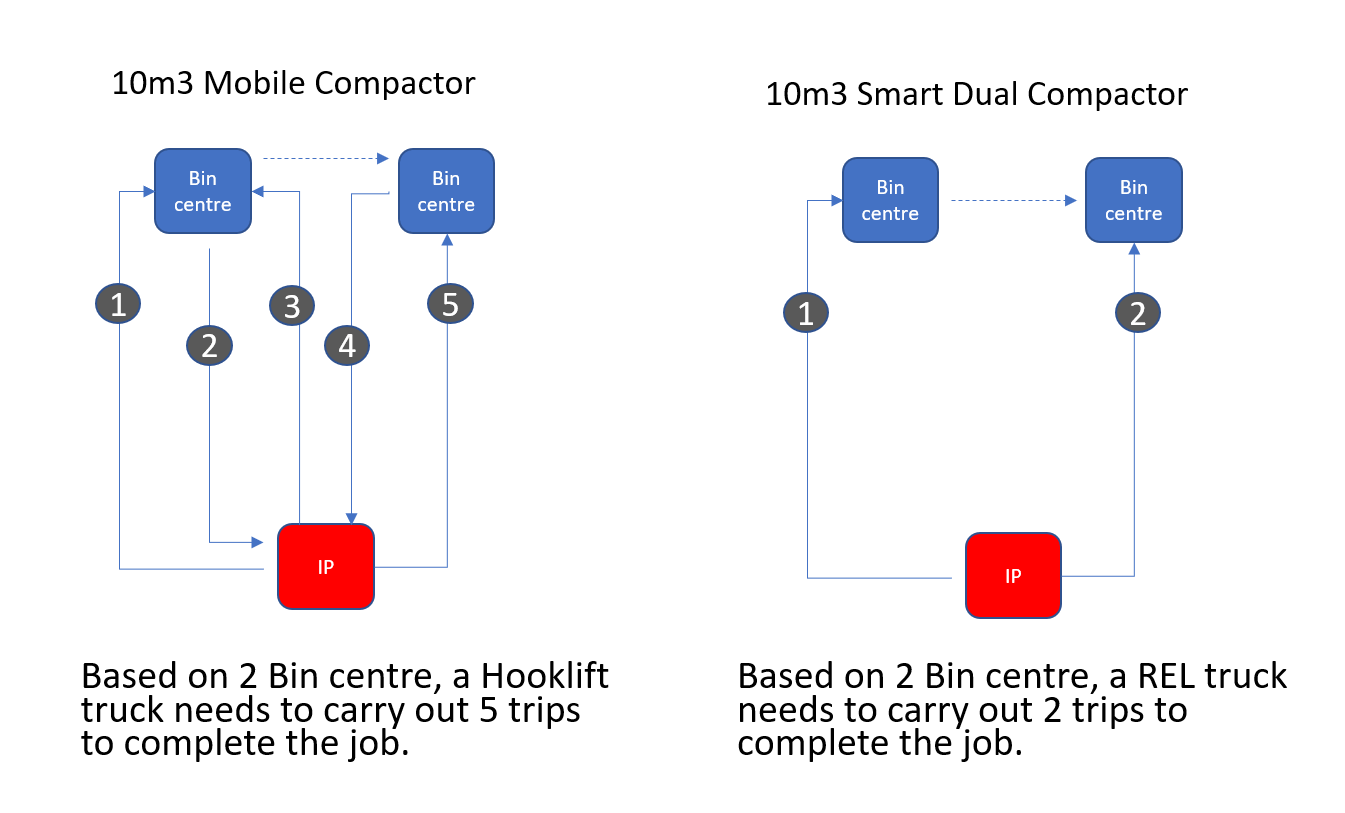MAXITON
Multiplexor Smart Waste Compactor
Multiplexor is known for its versatility and structural adaptability to increase your waste management efficiency whilst reducing your operational costs.
in partnership with 
Multiplexor Smart Solid Waste Compactor
- Single ramp compaction system
- Internet-of-Things (IoT) system
- Collection of data is done automatically periodically4. Automated up to 90% of the refuse handling processes
- Reduce reliance on manpower
- Manufactured in Singapore
- Remote monitoring of compactors
- Deodorization system
- Utilization of 95%-99% of internal compactor space
Multiplexor Smart Solid Waste Compactor
- Single ramp compaction system
- Internet-of-Things (IoT) system
- Collection of data is done automatically periodically
- Automated up to 90% of the refuse handling processes
- Reduce reliance on manpower
- Manufactured in Singapore
- Remote monitoring of compactors
- Deodorization system
- Utilization of 95%-99% of internal compactor space
- Reduce reliance on manpower
- On-demand waste collection
- Remote monitoring of status of compactors
- More than 20% reduction in fuel consumption
- Reduction of waste weight by around 1 ton by removing wastewater
- Automatic internal flushing system for cleaning
- Compaction ramps allow wider variety of waste to be contained within
- Larger discharge door and hopper opening to reduce clogging
- Reduce wet-formed waste deposited into incineration plants
- User friendly. Enabling elderly to work in a safer environment
- Less Spillage of sewage during the handling process
- Improved waste collection efficiency with more accurate data
Comparison of Conventional Solid Waste equipment and Multiplexor Smart Solid Waste Compactor

Multiplexor Smart Solid Waste Compactor is not only suited for urban areas, it is also suitable for use in rural areas as it runs on Hybrid Solar & Wind Turbine System, reducing reliance on power supply. Also, incorporation of TAiPAN Technology allows information to be sent across long distances, which is essential if the garbage collection point is far from the main center.



